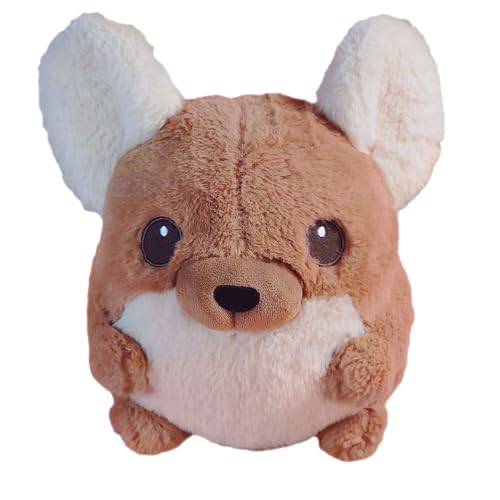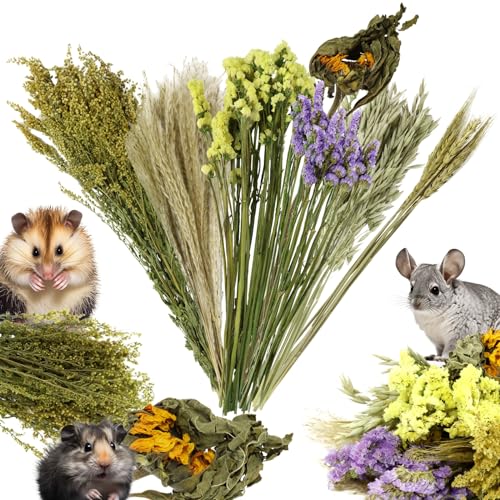Although you also can get fleece made from recycled plastics.
The thing you risk with any sort of cotton flannel or muslin or other similar lighter weight fabric is that your chin can easily chew through it and ingest the threads. That's the hazard with thinner fabrics. Sure, you can catch them chewing it, but you can't be there every hour of the day. They may chew it up during the night and by then it's too late.
The benefit of fleece is that in general it isn't easy to chew and it doesn't come apart in threads.
But no matter what, if the chin chews any of the fabric, even fleece it is safer to not have any in the cage at all.
edited to add: And as for the reason why people advocate not using plastic in a chin's cage for chins that chew but still use fleece, well they are two separate things. Plastic shelving is hard, and chins can chew it easily and many do. Then, they break of huge chunks, swallow them and get impacted. Yes, it has happened. Then you struggle with getting them to pass the plastic piece and not end up dying. However, with fleece they generally don't chew off a huge piece and eat it. It doesn't come apart in threads so you don't have to worry about a thread twisting up in their digestive system. And, most chins don't chew fleece. But as I said, if a chin does chew fleece, then they shouldn't have that in the cage either.





















































